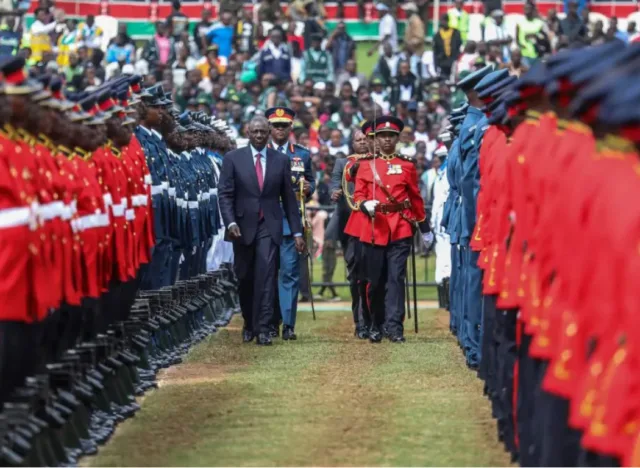As Kenya proudly commemorates 60 years of independence, it is a moment to celebrate the remarkable positive transformations that have shaped the nation’s trajectory. On June 1, 1963, Kenya was granted the ability to establish its first internal self-government, led by Mzee Jomo Kenyatta as the first president. Kenya became a republic on December 12, 1964, exactly one year later. Because of this, Kenyans commemorate Madaraka Day on June 1st and Jamhuri Day on December 12th, respectively, drawing big crowds to honour the hard-won freedom that came with being a free people in charge of their future.
Economy of Kenya
Over the past years, the nation has implemented substantial political and economic changes that have aided in the advancement of social development, political stability, and steady economic growth. The economy of Kenya is the most extensive and developed in East and Central Africa. Regarding current market pricing, its GDP is over 50% of the total for the region. Its chances for economic progress are enhanced by the emergence of a middle class and a growing demand for high-quality products and services. Its prospects have improved recently, due to an improved ease of doing business index.
Kenya showcases the greatest level of financial inclusion in the area and worldwide because of its thriving, well-developed, and diverse financial sector. The banking industry is lucrative, well-capitalised, and profitable, with capital adequacy and liquidity ratios that are above the required levels. Because of the cautious monetary and fiscal policies implemented over the past few years, macroeconomic stability has been maintained, with inflation, interest rates, and currency rates all remaining relatively stable. The government of Kenya implemented “Vision 2030” in 2007 as its long-term aim. The government creates successive medium-term plans, or “MTPs,” outlining the policies, programmes, and projects it aims to carry out over five years in order to guarantee the fulfilment of Vision 2030. The main sectors contributing to economic growth are building and construction, manufacturing, infrastructure development, transport and services, tourism, particularly from agriculture and emerging markets; and wholesale and retail.
Social Aspects in Kenya
Kenya is a multiracial, multiethnic, and multireligious nation. People from many backgrounds live side by side, work together, and trade amicably. Different African ethnic groupings and sub-ethnic groups have interacted with one another throughout the history of Kenya. Kenya has also interacted with several non-African nations and individuals. Many Kenyans adhere to ethnically-specific customs, which range from naming their kids to preparing and serving food. Since native tongues are typically associated with ethnic identities, people are particularly proud of their native language. Many people take great pride in their achievements, cultural legacy, and the nation’s successful attempts to attain independence and economic expansion.
Beyond ethnic divides, a shared national identity has been shaped in part by the Swahili language, sometimes called “Kiswahili.” Almost all Kenyans can speak Swahili, which was selected as the national language of the nation after independence partly because of its linguistic commonality with other Bantu-based languages in Kenya. The primary uses of English, which is also an official language, are in business, education, and government. As a result, a large number of Kenyans are fluent in English.
Kenya has addressed life expectancy, per capita income, and literacy in recent years. Kenyans now have one of the highest rates of adult literacy on the continent, and their average lifespan has climbed from 48 to 67 years.
As Kenya marks six decades of independence, the nation stands tall, reflecting on a tapestry of positive developments. From economic prosperity and infrastructure advancements to educational achievements and technological innovation, Kenya’s journey has been one of resilience, progress, and unity. The celebration of these positive milestones serves as a testament to the nation’s commitment to building a brighter future for all its citizens.









